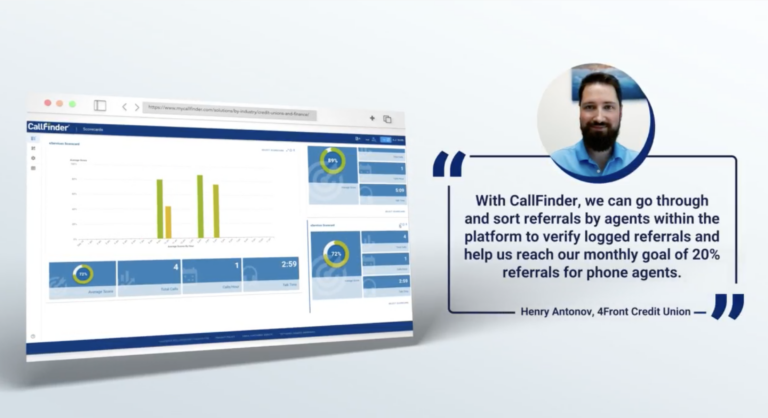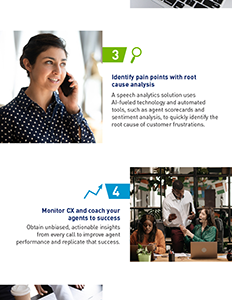Losing Customers? Stop putting them on hold!
It’s probably no surprise that businesses are losing customers every day by putting them on hold. According to a PwC Customer Experience Survey, “In the US, even when people love a company, 59% will walk away after several bad experiences, 17% after just one bad experience.” That’s a lot of customers, and a lot of potential profit.
You probably already know that the customers’ experience plays a large role in their loyalty to a company or brand. When you look at the most common customer complaints, this becomes more evident. And a long wait time is at the top of the list.
Common Customer Complaints
- Long wait times to get to a live agent
- Slow service after reaching an agent
- Self-service is difficult to use
- Rude agents
- Agents aren’t knowledgeable
- Customers have to repeat information when switching channels
- Cannot get service in preferred channel
- Incorrect information provided by agent
- Resolution not personalized
- Agents refuse to break “policy”
- Cost and other product issues
- No follow-up or outreach
Those are fairly hefty complaints. But there’s good news.
While 3) and 11) are out of the agent’s control, you can solve 1), 5), and 6) with good call-back implementation. Here’s how.
Lowering Abandon Rates
As businesses have to keep soothing customer pain points and raising the bar for customer service, lowering abandon rates becomes top priority. While technology has opened up other channels for customers to reach agents, phone calls are still preferred over chats, emails, and other forms of contact, especially with customers from older generations. Plus, certain situations can only be handled over the phone—the cable is out, something is wrong with a debit card, etc. Therefore, reducing wait times has a huge impact on lowering abandon rates.
Self-service channels have certainly improved over the years, and this is one way reduce wait times. But there’s a flip side. Because simple issues are resolved before a customer gets to live agent, agents are increasingly dealing with difficult issues. And if the customer has already been on hold for 28 minutes by the time the agent is reached, that agent, as Ian Jacobs puts it, “starts two steps back at the word hello.”
Reduce Wait Times with Call-Backs
Spikes in call volume during the day make it difficult to reduce wait times. This is when you can implement a call-back solution so that callers have the option to receive a call-back when hold times are too long during peak call volume hours. In fact, a recent case study conducted by Fonolo found that “63% of customers prefer getting a call back to waiting on hold.”
Fonolo also found that call-backs improve customer satisfaction because customers feel valued when agents reach out to them. In addition, call-backs can improve customer satisfaction through shortening handle times. The agent should already know about the issue, have all the customers information, including any notes in the customer’s file, and possibly a solution ready for them.
Call-Back Results
- Reduce Abandonment Rates
- Decrease Average Wait Times
- Improve Caller Satisfaction
- Improve agent morale
- Manage spikes in Call Volume
- Reduce Handle Times
Agents will also have more success with callers if the call-backs are moved to times during the day when call volume is lower. For instance, moving a large percentage of lunch time calls to mid-afternoon helps smooth out the call volume. Having a solution with scheduled call-backs is ideal. Offering the ability for customers can choose a time of day helps both the agent and the customer.
No one wants to hear the list of complaints at the beginning of this post. If you’re losing customers, long wait times are most likely one of the culprits. You can gain customer insights with a good speech analytics solution, but you have to know what to do with that information. By taking a few easy steps to ensure that wait times are at a minimum, you can stop losing customers and start focusing on growing your business.











